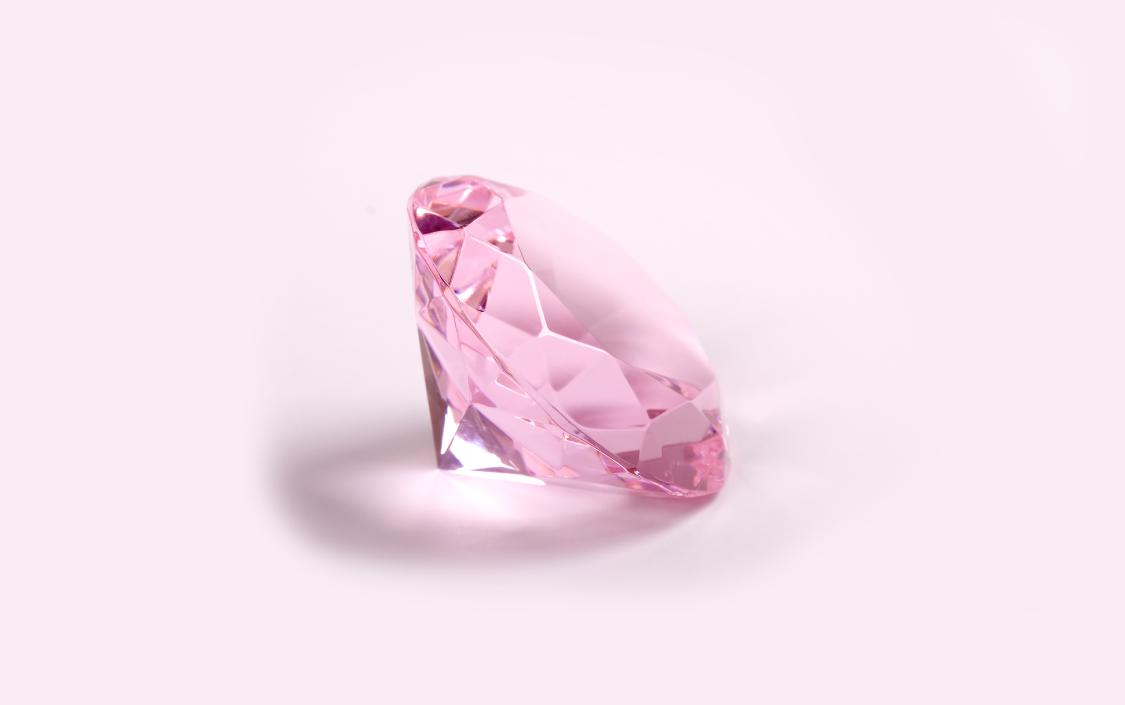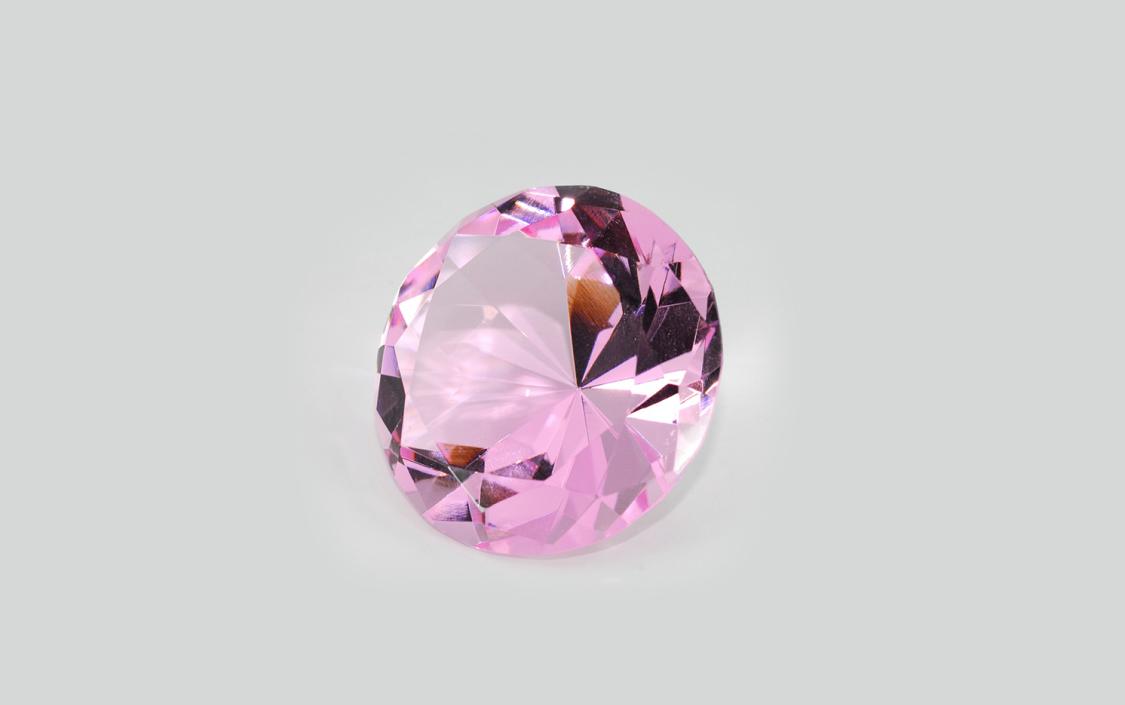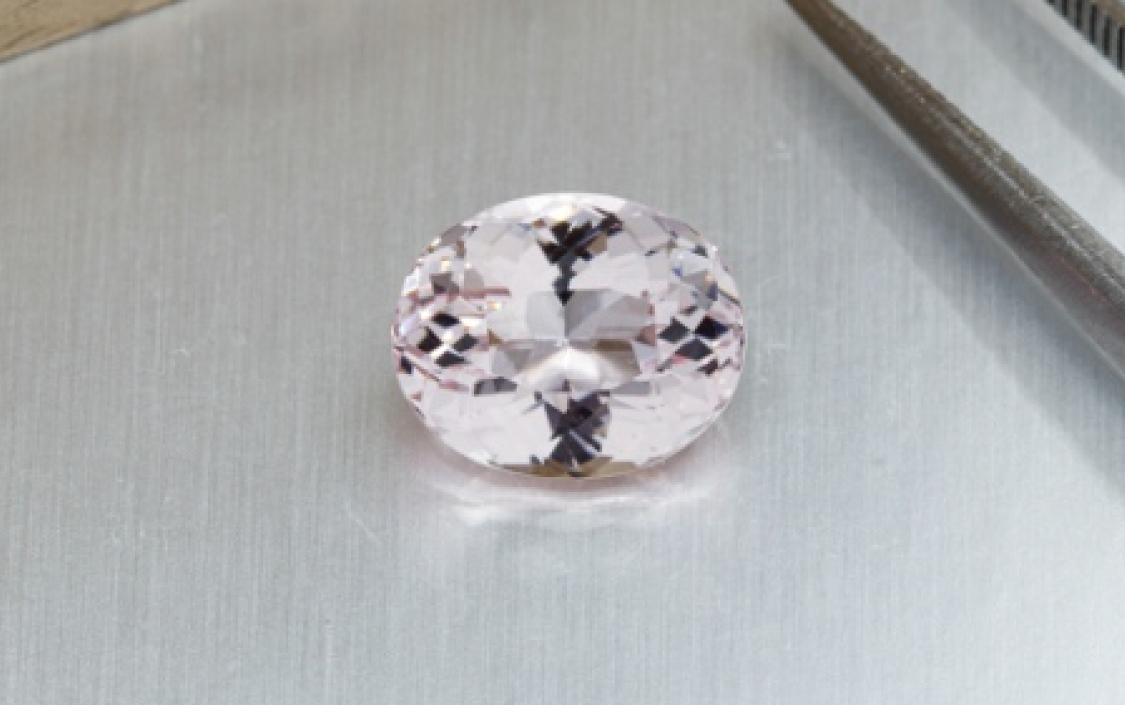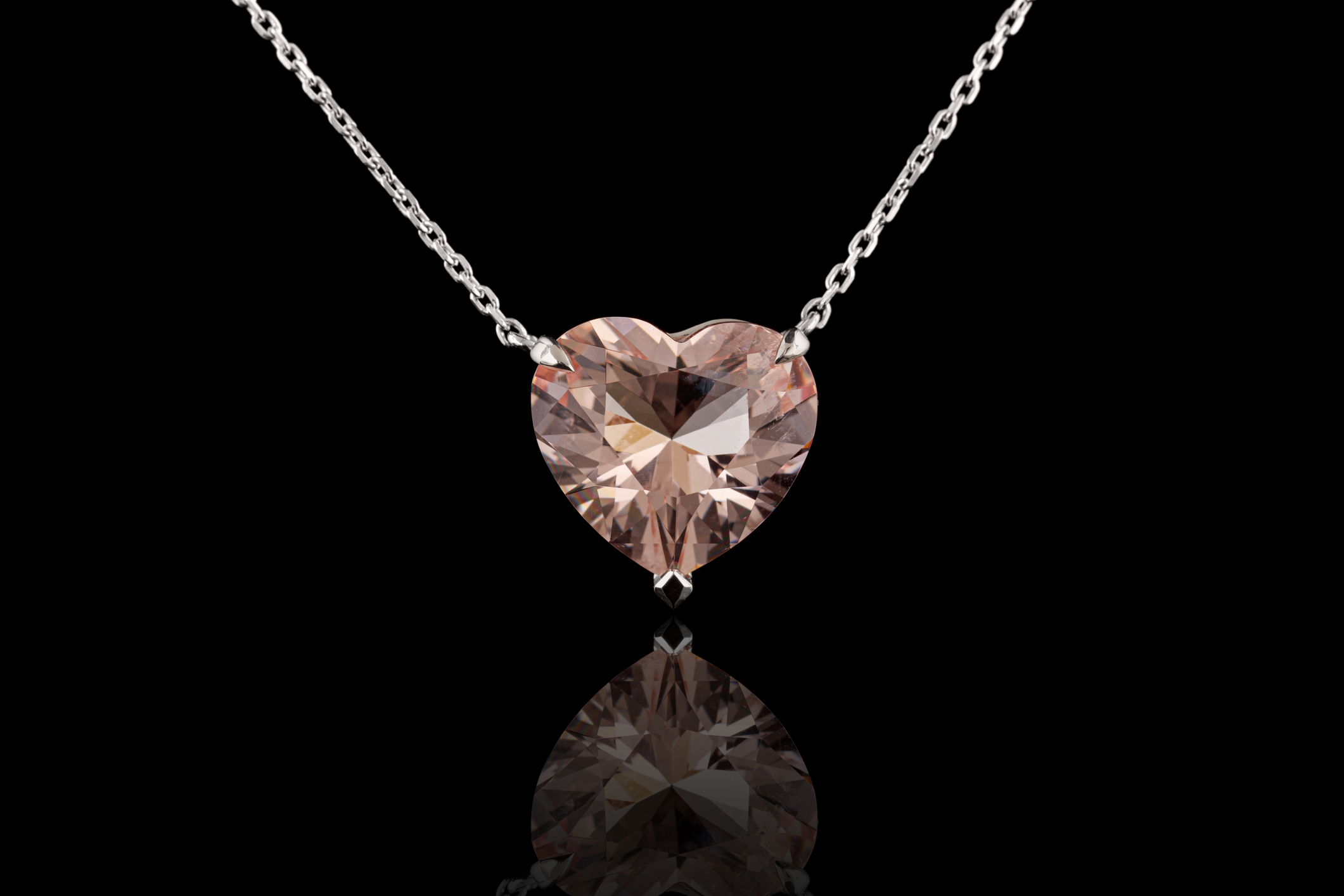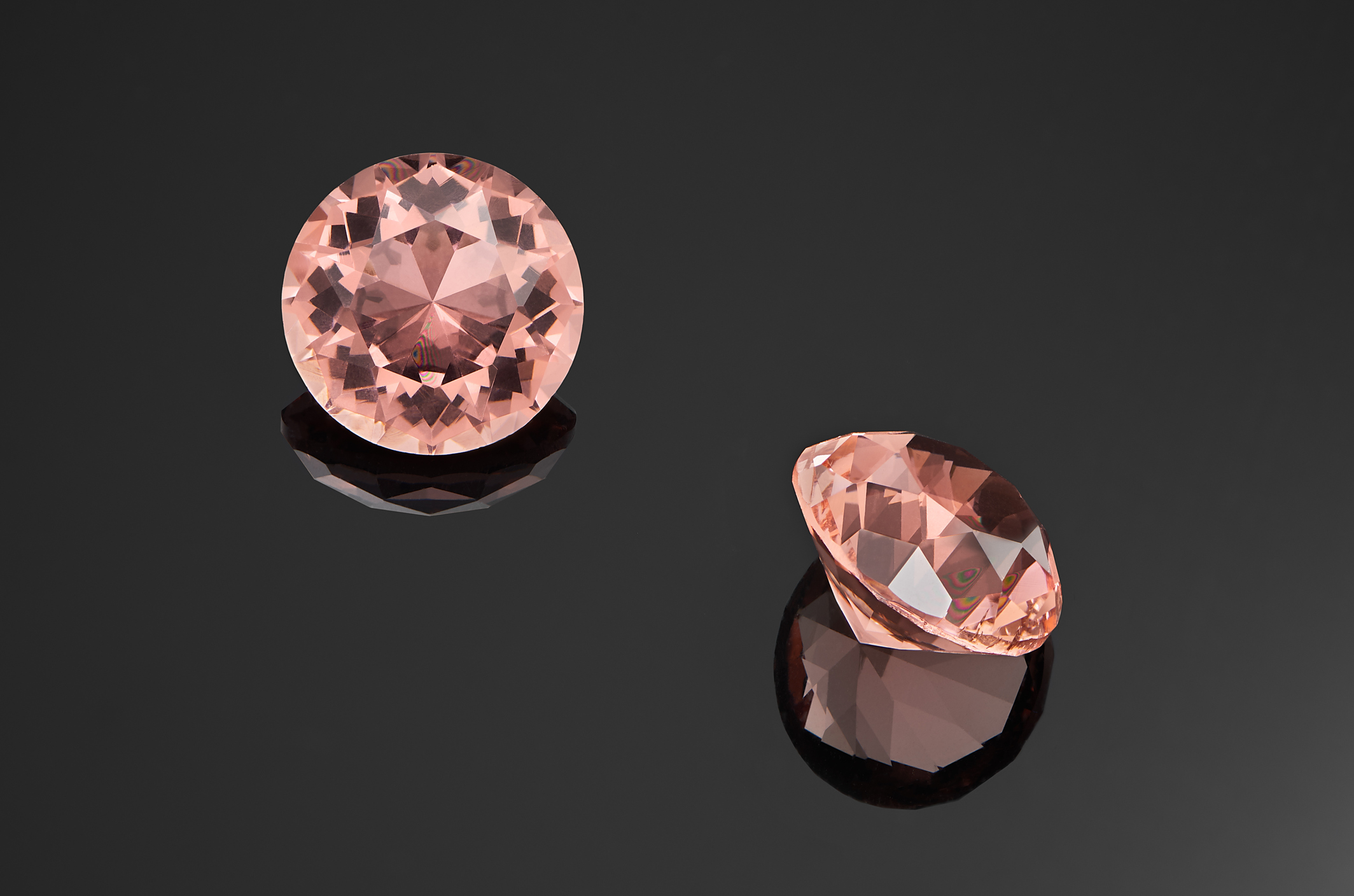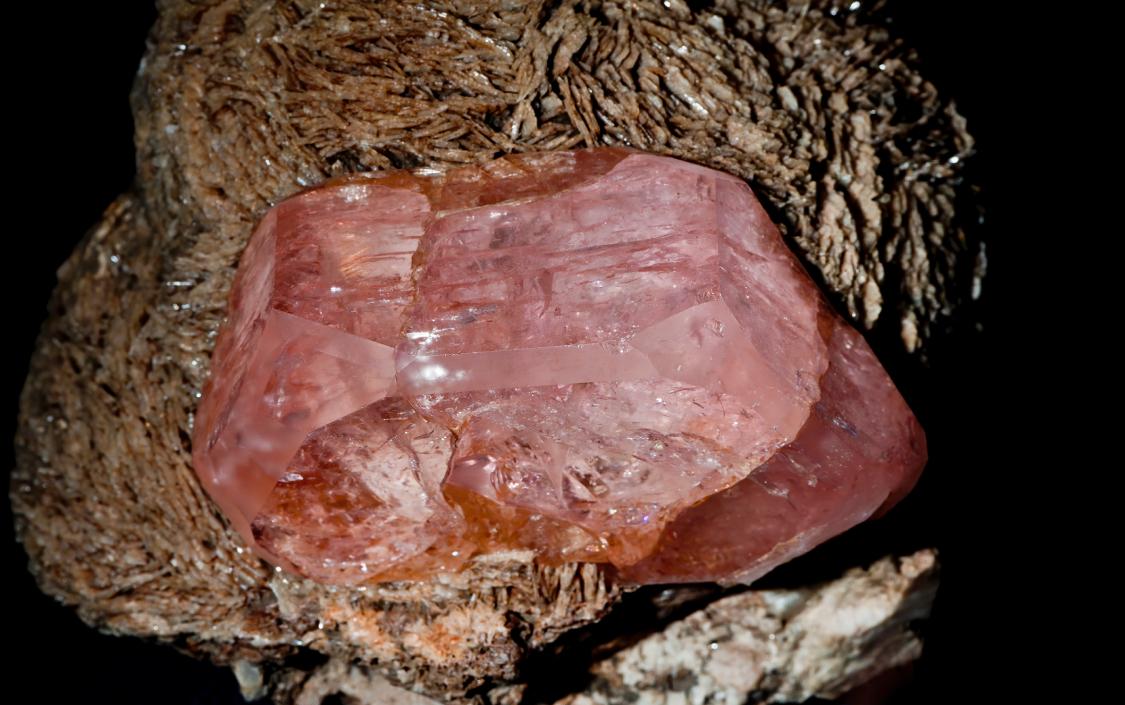Price
Retail price for fine color morganite:
Carat size from large to small
10 carats plus: to $300/ct
1-10 carats: $20-$200/ct
Main origin
Morganite can be found in several locations globally, such as Brazil, Afghanistan, Mozambique, Namibia, the United States, and Madagascar. Madagascar and Minas Gerais, Brazil are the two most significant sources of morganite.
